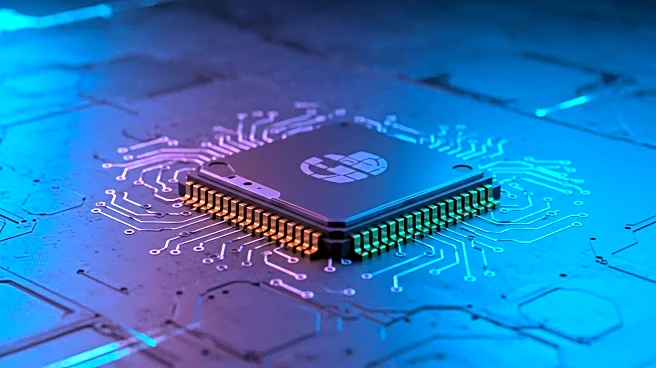What's Happening?
The director of Monster Hunter Wilds, Yuya Tokuda, has acknowledged ongoing performance issues affecting the game, particularly related to CPU load. Despite recent updates aimed at improving performance, players continue to report problems, including increased input delay and lag. Tokuda explained that while Title Update 2 addressed shader compilation bugs and reduced anti-cheat processing load, CPU usage remains a significant challenge. The game has implemented support for DLSS4 and FSR4 technologies to help reduce CPU load while improving frame rates. However, Tokuda cautioned that increasing frame rates can lead to higher CPU usage, advising players to adjust graphics settings according to their hardware specifications. The director emphasized the need for careful consideration in making changes to CPU processing to avoid impacting overall game performance.
Why It's Important?
The performance issues in Monster Hunter Wilds highlight broader challenges in the gaming industry, where high-quality graphics and complex gameplay can strain hardware capabilities. This situation underscores the importance of optimizing game performance to meet player expectations, especially as gaming rigs become increasingly expensive. The ongoing issues have led to a 'Mostly Negative' rating on Steam, which could affect the game's reputation and sales. The director's acknowledgment of these problems and plans for future updates reflect the industry's need to balance technological advancements with user experience. Players with less powerful hardware may face difficulties, potentially limiting the game's accessibility and enjoyment.
What's Next?
Monster Hunter Wilds plans to address CPU load reduction in Title Update 4, expected this winter. The update will also focus on improving texture loading for NPCs and mounts. Tokuda mentioned a second stage of mitigation measures and similar efforts to reduce GPU load. These updates aim to enhance performance and improve player satisfaction. The game's developers will need to continue monitoring feedback and making necessary adjustments to regain player trust and improve the game's rating. The industry may see increased pressure to deliver games that perform well across various hardware configurations.
















